The ultimate durability of any powder coating finish is based on the quality of the pre-treatment applied to the metal product prior to powder coating.
Powder coating is not impervious to moisture so it alone will not stop metal from corroding. Without pre-treatment the metal will corrode quickly, this can rapidly eat away the metal under the surface of the powder coating, causing it to peel and flake off.
A quality pre-treatment provides a protective barrier to resist this corrosive attack and can add years to the life a product. The pre-treatment process carries out two functions; cleaning and conversion coating.
On our conveyorised systems the parts travel through various stages of the pre-treatment process. The first stages clean the parts by in line high-pressure sprays of heated water and detergent. This removes oil and dirt from the surface of the item to be coated.
Washing Cans Parts coming out of wash system.
The next stages apply a ‘conversion coating’, this converts the surface of the metal by depositing is a microscopic film of corrosion resistant crystals on the surface of the metal substrate, this also aids in adhesion of the powder coating.
The corrosion resistant conversion coatings come in many forms, some specific to particular metals. Ferric metals, (those containing iron), like steel have traditionally been pre-treated with iron or zinc phosphate. Non ferric metals such as aluminium and zinc use a pre-treatment called Chromate Conversion.
However, recent developments in pre-treatment nano-technology has seen the development of a range of new pre-treatment systems which work effectively across a range of metals. They are based on zirconium or silane chemistries and are equal to, or superior, in performance and have less environmental impact than phosphate or chromate systems. The coating produced is a very uniform nano-metallic matrix about 40 to 80 nanometres thick. This is much thinner than iron phosphates and zinc phosphates. They do not contain chemicals dangerous to the environment like phosphate or chromium and they require less energy to run since they do not require heating like these older technologies, meaning less greenhouse gas emissions.

